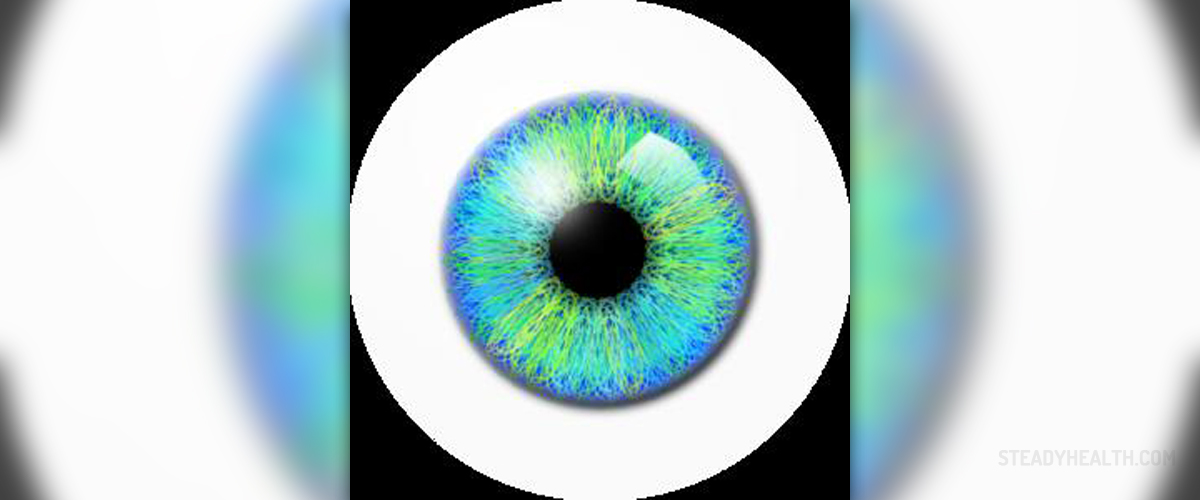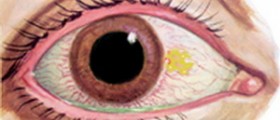
There are many eye conditions which affect patients suffering from HIV. Some of them remain localized to the anterior segment of the eye, while others affect the posterior part of the eye.
As far as the anterior segment of the eye is concerned, it is usually affected by tumors of the periocular tissues and certain infections. The posterior segment of the eye conditions affecting HIV patients include HIV-associated retinopathy and many opportunistic infections of both, the retina and the choroid.
Many ocular infections in HIV patients are not treatable with standard therapeutic agents. Furthermore, antiretroviral therapy may affect the response to treatment. One more problem is that these patients may be affected by several eye infections at the same time. Due to all the mentioned HIV patients are supposed to undergo routine ophthalmologic evaluations.
Anterior Segment Eye Disease in HIV Patients
Kaposi SarcomaKaposi sarcoma is frequently reported malignant disease in people suffering from HIV. This highly vascular tumor affects the skin and mucous membranes. In HIV patients the tumor may affect the eyelids, conjunctiva and other tissues in the orbit.Kaposi sarcoma of the eyelids is actually the same as the one affecting other parts of the skin. It is characterized by subconjunctival hemorrhage and raised, purplish-red mass. Even though Kaposi sarcoma does not infiltrate the eye there are vision problems associated with a mass effect of the tumor as well as secondary corneal changes. Kaposi sarcoma of the eyelids is treated by cryotherapy, surgical excision, radiation therapy or chemotherapy.
HIV and Infections of the EyeHerpes zoster ophthalmicus is typically reported in immunocompromised patients, including HIV patients. It affects different portions of the eye causing keratitis, blepharitis and uveitis. This skin disorder is in a form of vesiculobullous rash distributed over the ophthalmic branch of the trigeminal nerve.Herpes simplex keratitis is a condition affecting the cornea. In HIV patients the infection spreads to deeper layers of the cornea, causing scarring. Treatment is rather challenging and lasts for too long with recurrent episodes of corneal inflammation, damage and scarring.
Fungal infections frequently affect HIV patients. Fungal eye infections also affect the cornea and may cause severe damage to the affected eye.
Uveitis is inflammation of the uvea and may be associated with several chronic infections typically occurring in people suffering from HIV like tuberculosis, syphilis and histoplasmosis. Toxoplasmosis as well as Coccidioidomycosis are also blamed for uveitis in these patients. While uveitis of the anterior portion of the eye leads to keratic precipitates, posterior synechiae and hypopyon, uveitis of the posterior segment of the eye is connected with vitritis, chorioretinal infiltrates, vascular sheathing and bleeding into the retina.
Finally, HIV patients are also susceptible to syphilitic involvement of the posterior segment of the eye which occurs in a form of chorioretinitis, retinal perivasculitis, retinal hemorrhage and papillitis. Panuveitis may occur as well.

















Your thoughts on this
Loading...